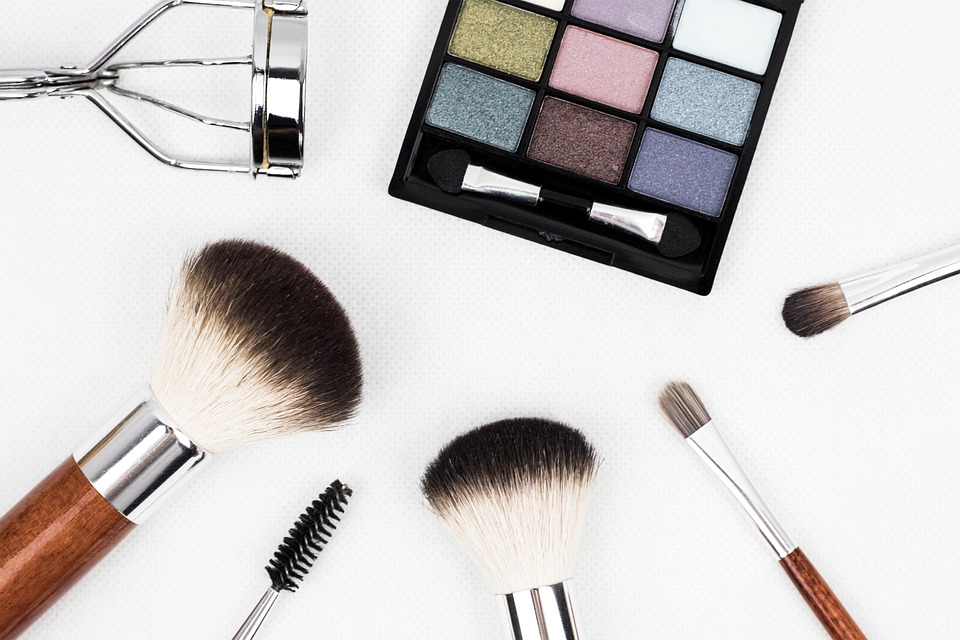The use of cosmetic products is currently on the rise. They can be found in almost every point of sale, from small stores to supermarkets. Buying them becomes a challenge because there is so much choice. However, most consumers do not know which products are best for their skin. They buy them according to the brand’s reputation, whereas everyone should use a product adapted to their skin type. It is therefore essential to know the components of a product and its purpose before making a purchase. This article will help you see clearly and make the best choice.
Organic labels
Organic products are a big trend in cosmetics. This mention of organic is becoming an argument for some sellers to acquire the maximum number of consumers. To affix this label on its packaging, certain conditions in terms of composition must be met. Since 2017, a product labeled organic must follow the standards prescribed in the specifications established by several producers of cosmetic products before being placed on the market. The objective is to harmonize the guarantees of the labels. Thus, a new product must be validated by the certifiers. To achieve this, the criteria defined in the specifications must be respected.
The label
Reading the label is also vital to help you make the best choice when buying a cosmetic product. Generally, the label must mention the purpose of the product and its directions for use. The contraindications are also mentioned, allowing everyone to define the product that suits them. In the list of ingredients, the composition is presented in descending order, that is to say that the first component represents a large proportion in the product and so on.
The components
Many people think that using a cosmetic product is dangerous for the skin. Indeed, it depends on the components that make up the product, so here are some components that are most often found on the labels:
– Parabens: These are chemical substances used in cosmetics since 1920. They are now considered responsible for cancer in beauty products and allergens. The formula without parabens became a selling point put forward by the industrialists today. However, the direction of the business of the cosmetics union recalls that these substances are not all harmful as we have always wanted to believe. Indeed, around 2004-2005, a study on rats was conducted in Japan, revealing that parabens contain only endocrine disruptors but are not toxic.
Thus, the presence of parabens in a product is recognizable by the names with the term “zoate” as parahydroxybenzoate, and those with “paraben” as butylparaben, propylparaben.
– Silicones: these components tend to clog pores and make some products ineffective. They have only superficial effects. They also harm the environment because they are not biodegradable. They are recognizable from the names composed of “cone”, “one,” or “xane”.

The expiration date
The expiration date of cosmetic products is calculated from the opening until the use-by date. This date is chosen by the producers and is considered as the period when the product acts effectively. Thus, not all products have the same expiration date. Perfumes, for example, can be kept indefinitely.



